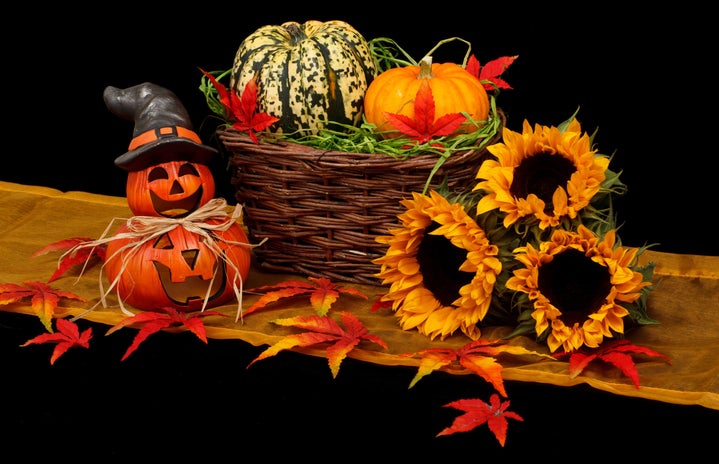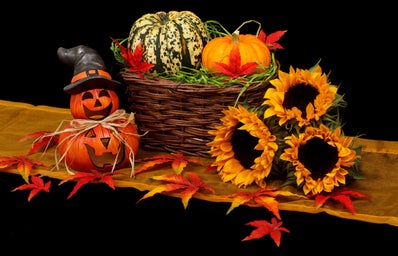Halloween in the United States is, and really always has been, a commercial holiday without any extremely important religious significance attached to it. People dress up in costumes on the last day of October, and depending on their age either go out in search of candy, a party, or both, if you want the best of both worlds. On Halloween in the U.S., we are not reflecting inwards upon ourselves, but outwards onto the larger culture; we are celebrating the commercial traditions we have created as a nation while we eat sugary foods and make ourselves costumes.
People often confuse this holiday with the Day of the Dead, or Día de los Muertos, by thinking they are essentially the same thing. Although it’s easy to see how this could happen, the two holidays are fundamentally different: the Day of the Dead is a religious and spiritual endeavor that lasts for 3 days and aims to bring people closer to their loved ones who have passed on. It begins on Oct. 31, which is Halloween, continues to Nov. 1, which is All Saint’s Day, and finishes on Nov. 2, which is the Day of the Dead—also called All Soul’s Day. Put more simply, spirits of deceased loved ones supposedly visit their families on Oct. 31, and then leave on Nov. 2. It’s celebrated primarily in Mexico, but is also observed in other countries with a Catholic following.
The most important difference between Halloween and the Day of the Dead is how death itself is viewed: dying is not something to be feared, but something to be accepted— even celebrated. Death is not the morbid, creepy, solemn occasion we make it out to be, but quite the opposite. Although it’s still a scary subject, they deal with these emotions largely in a more accepting manner. Mexicans, along with any others who observe the holiday, will often create alters for their loved ones complete with offerings of food and decorations of candles, incense, flowers, and many other adornments.
The popular saying “la muerte es flaca y no puede conmigo” literally translates to “death is skinny [or weak] and she can’t carry me.” Death is celebrated, just as life is celebrated. So next time you’re feeling scared on Halloween, remember that elsewhere in the world, families are being touched with the joy of connecting to their past.


